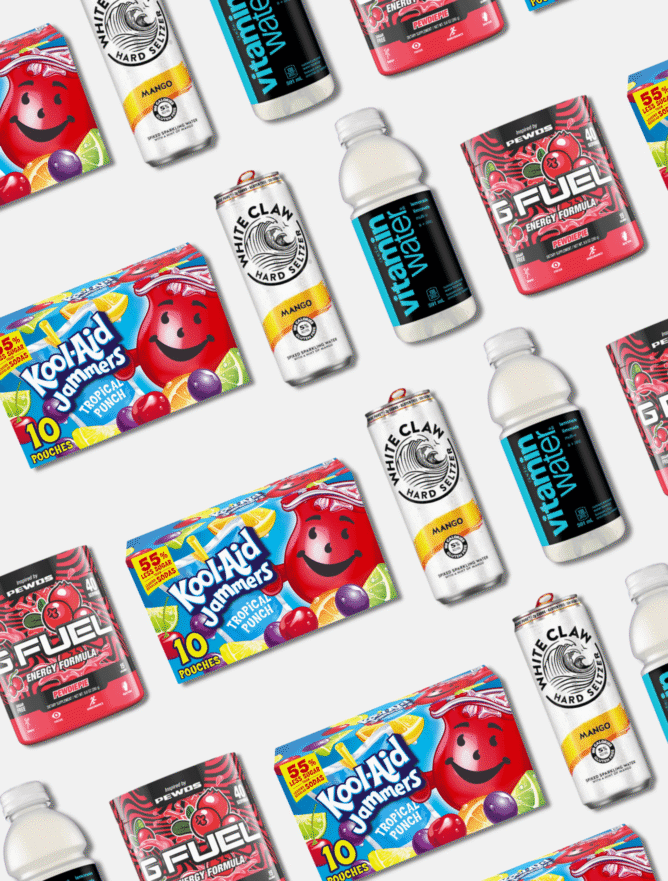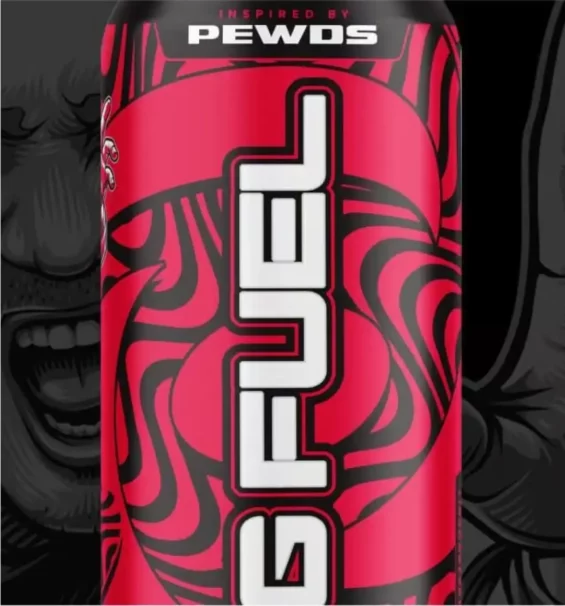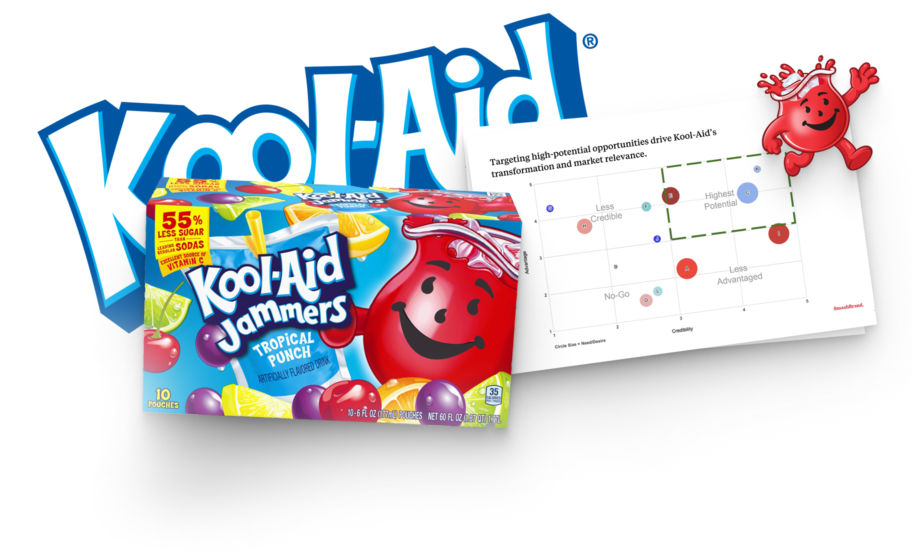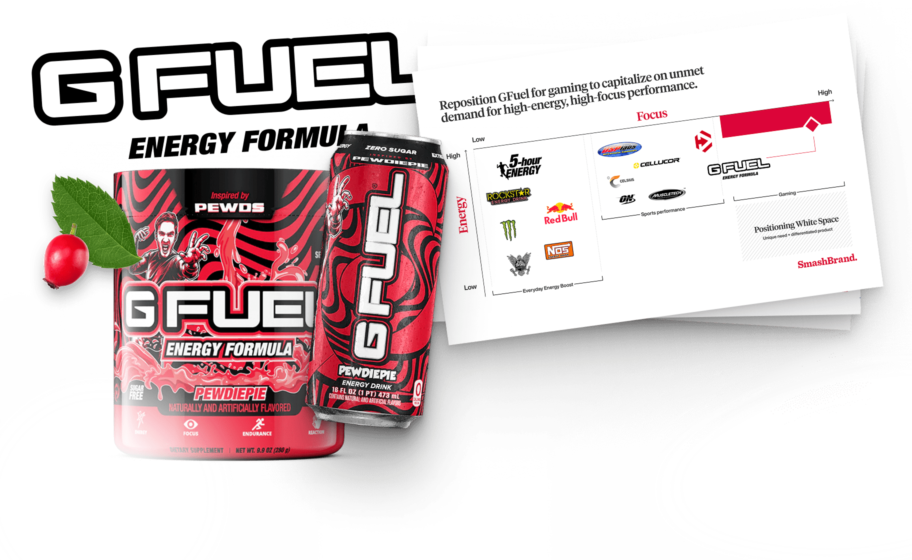Hundreds of thousands of product name examples have proven the effectiveness of a well-designed product naming strategy. A name of product creates an instant connection with potential customers, while the wrong one fades into obscurity. With countless product names examples proving the power of strategic naming, getting it right is non-negotiable. With so many choices nowadays, companies have moments to spark interest through their product naming strategy.
Successful brands like KFC, Red Bull, and Colgate have mastered suggestive names evocative, memorable, and aligned with their brand story. This guide breaks down real-world brand name ideas and showcases different naming techniques that drive recognition.
From clever wordplay to straightforward descriptors, we’ll explore example of product name strategies that have fueled iconic launches. Whether you’re naming a snack or a skincare line, these insights will help you craft a name that sticks.
The lessons herein will help you name your product in a way that customers can’t forget, making it perfect for your upcoming product launch. Read on to learn the secret behind each product naming strategy.
Descriptive Product Names
A descriptive name tells potential customers exactly what a product is and does, offering instant clarity. Unlike abstract or playful names, descriptive names prioritize function over creativity, making it easier for consumers to understand and remember a product.
Brands using descriptive names eliminate confusion by clearly conveying benefits without extra explanation. This approach benefits new or unfamiliar categories, helping products stand out in a crowded market.
Some of the best product names following this strategy include Vitamin Water, Kleenex tissues, and Q-tips cotton swabs—so well-known they’re often used to refer to all existing brand alternatives. This products name approach can be a powerful tool in effective brand naming and positioning.
Evocative Product Names
Unlike descriptive names, evocative product names tap into emotion rather than function. They use imagery and metaphor to create a strong brand name. Brands like Nike, Apple, and G-Fuel have mastered this approach, crafting names that resonate deeply with consumers.
An evocative name of the product builds emotional appeal but requires careful messaging to define its meaning. A generic name can lead to confusion without a clear product naming strategy. However, a well-crafted, evocative product name sample can create differentiation and loyalty that competitors struggle to replicate.
Successful examples of product names often stem from founder names, cultural references, or bold storytelling, transforming a great name into a lasting brand presence across all marketing materials.
Invented Product Names
Invented names craft new terms that initially define their perfect product naming conventions. By developing words like Google, Xerox, and Kodak, these brands carved out distinct identities within their product naming framework that competitors cannot replicate. Invented names maximize differentiation through their uniqueness.
On the downside, unfamiliar invented names face initial challenges in pronunciation and comprehension until recognition grows. The pros of long-term brand distinction must be weighed against the cons of short-term unfamiliarity. At their best, invented names become globally synonymous with particular products or companies over time.
Acronym Product Names
Acronym product names distill long product naming exercises into concise, abbreviated forms through letter combinations. This naming strategy allows brands like KFC (Kentucky’s Fried Chicken), IBM (International Business Machines), and P&G (Proctor & Gamble) to communicate their purpose succinctly, making the acronym brand name ideal for marketing materials with word count constraints.
Sometimes, acronyms risk initial ambiguity and lack of memorability if not paired with branding and campaigns to reinforce their meaning. The conciseness that streamlines communications in some contexts may also make acronym names more easily forgotten. With careful execution, the right acronym product name can complement a company’s overall naming strategy.
Hybrid Product Names
Hybrid naming is another most commonly used product naming strategy. It includes merging different product naming types to develop new, unique, and highly marketable hybrid product names. Hybrid names can be a mixture of invented and descriptive brand names.
Product names like Microsoft’s Surface Pro skillfully combine clarity with creativity. The business name idea offers potential for imagination but requires finding the right balance.
While hybrid names strive to blend uniqueness and comprehension, marrying multiple approaches risks muddling the brand identity without careful consideration. At their best, hybrid names discover new naming territory; carefully executed, they strengthen memory for the product.
Choosing the Right Type for Your Business
Choosing the right type of product naming strategy involves many variables that sometimes make it challenging for new startups and brands. Therefore, when selecting a perfect name for a product, companies must consider the following essential factors.
First, analyze the preferences and comprehension levels of the target audience to determine if an evocative, descriptive, invented, acronym, or hybrid name will be most memorable and appealing. Thorough market research is crucial for identifying a name that will attract potential customers.
The chosen name should closely resonate with the company’s brand strategy, vision, and messaging. It is crucial to assess whether a trade name will harmonize with current product lines as businesses grow or undergo product rebranding.
Lastly, consider options like product name generator tools and review whether potential names are available as domain names, social media names, or company names to avoid future naming issues. Choosing the right naming approach upfront lays the groundwork for a strong product naming strategy. Online tools like a business name generator can help a business owner develop a closely related name for their products.
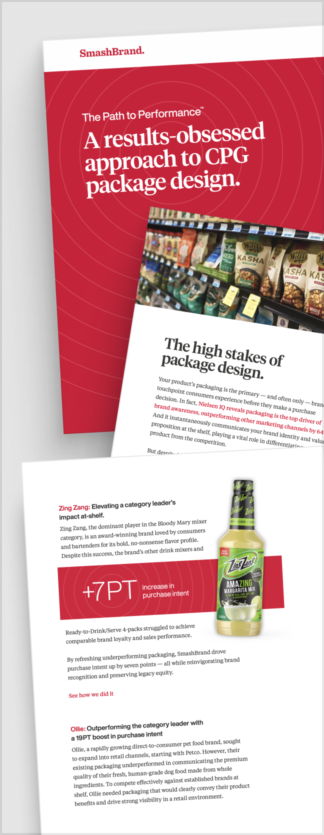
Path to Performance™
Taking a results-obsessed approach to CPG package design.
Learn how SmashBrand’s proprietary process – rooted in scientific principles, informed by data, and validated by your target audience – takes the guesswork out of package design and delivers guaranteed results.
"*" indicates required fields
Case Studies: Successful Product Naming
Successful product naming requires a proper strategy. We analyze how top CPG and B2B brands craft naming briefs that align with branding strategy, engage the target market, and perform across channels. From domain name to marketing material, every choice is built to connect with the potential customer and drive measurable impact.
Let’s examine the product naming strategies of various successful CPG giants in the market and study their approaches to learn their secrets from multiple angles.
Unilever Product Naming
Unilever sets the benchmark for great product names with iconic examples like Dove, Axe, and Lipton, each a standout in any product names list. These best product names aren’t just catchy—they’re strategic assets crafted to resonate deeply with the target audience.
Take Dove: a name of product example that signals softness and trust. Axe? A sharp, energizing label aimed at young men. These are not just product names; they are carefully crafted for memorability, emotional appeal, and market longevity.
What makes these examples of product name exceptional is their simplicity and clarity. Unilever’s consistent use of evocative names across categories proves that a strong name of the product example can do the heavy lifting in brand storytelling and market differentiation.
Beyond creative appeal, Unilever enforces strict brand protection, ensuring each name holds exclusive meaning, just as Amazon and Best Buy do. This consistency, across an exhaustive product name list, is what turns a products name sample into a billion-dollar asset.
For brands seeking inspiration, Unilever offers a masterclass in using the right products name to build recognition and loyalty. Study this product names list carefully—these aren’t just names, they’re the foundation of enduring consumer relationships.
Nestle Product Naming
Nestle is another significant brand in the CPG industry, with a wide range of products and a considerable market share. Examining names like Nescafé, KitKat, and Butterfinger provides valuable lessons in successful product naming.
Many Nestle names employ a descriptive approach that immediately informs customers of the product type or its key attributes. Nescafé tells you it’s coffee without needing additional explanation. This directness and simplicity make names easier for customers to remember.
Some Nestle brands also use descriptive elements and evocative imagery. KitKat conjures notions of a quick snack break without being overly literal, while Butterfinger captures the indulgent texture through its play on words.
The company’s rigorous product naming process benefits all Nestle products, regardless of the specific tactics employed. Trademark research, customer testing, and global adaptability are thoroughly evaluated. The process protects names, appeals to local markets, and supports long-term growth.
The consistent success of Nestle’s stable of brands demonstrates how a strategic product naming foundation can cultivate successful brand names recognized worldwide for decades. Their names exemplify clarity and emotional resonance, which maximizes recall among target audiences.
Pitfalls to Avoid in Product Naming
Here are some key pitfalls to avoid in CPG product naming, along with strategies to overcome challenges:
Trademark Trouble: Not properly vetting a name’s availability can lead to legal issues. Thorough trademark searches and protection of shortlisted names are crucial. Some recent examples of delays include Juul e-cigarettes and the Fyre Festival.
Existing Words: Using common words and terms can blur brand identity if not unique enough. White Claw hard seltzer faced confusion early on. Therefore, it is essential to conduct trademark searches of close variations.
Genericide: Overly descriptive names risk becoming generic if dominance isn’t maintained. Consider how Kleenex and Xerox work tirelessly to prevent this. Constant brand reinforcement helps protect trademarks.
Length of Complexity: Names too long or complex to pronounce or spell create barriers. Simpler names usually resonate better with customers and allow for versatile branding expressions.
Lack of Testing: Not evaluating names with target audiences can lead to unknown blind spots. Multiple rounds of customer concept testing provide vital feedback before launch.
Lessons from Successful Product Naming Examples
The significance of strategic product naming cannot be overstated. It serves as the foundation for brand identity and market positioning. Businesses must recognize a well-crafted product name’s pivotal role in conveying brand attributes and connecting with the target audience.
Encouraging experimentation with various naming types tailored to individual business needs is essential. Whether opting for descriptive, evocative, invented, acronym, or hybrid names, businesses must consider their audience’s preferences and comprehension levels.
A strategic product naming approach aligns a great name with the brand strategy, ensuring harmony with existing product lines and facilitating future growth or rebranding endeavors.
The enduring impact of a thoughtfully chosen product name resonates over the long term, influencing brand success. Successful brands such as Unilever and Nestle reveal how clear, compelling names contribute to brand loyalty and global recognition.
Therefore, businesses should view product naming as a strategic investment with the potential to shape brand perception and market competitiveness.
How Product Naming Can Go Wrong For CPG Brands?
A poorly chosen product brand name can confuse consumers, weaken brand value, and fail to build brand awareness. Many CPG brands make critical mistakes when naming products, leading to lost recognition and market appeal.
One common misstep is relying on generic terms that lack distinction, making it difficult for customers to differentiate the product. Similarly, overly complex lexical brand names or forced compound names can create confusion rather than clarity.
Another pitfall is using product name ideas that don’t resonate with the target audience. While great product names are memorable and meaningful, vague or misleading choices can damage credibility. Whether using compound words, an unclear product name sample, or selecting different product names without strategy, ineffective naming can hinder long-term success.
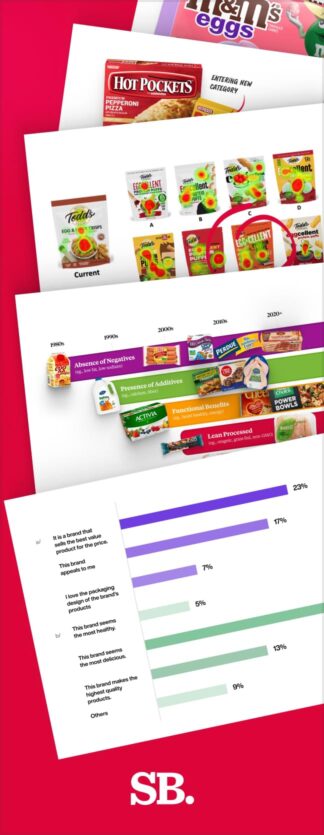
Nice Package
Don’t miss out on our monthly newsletter Nice Package!
Each month, we deliver a data-driven newsletter directly to your inbox, unpacking a critical topic in the FMCG & CPG industry.
"*" indicates required fields
Data-Driven Product Naming Strategy Development
Are you hoping to identify the right name for your CPG product? Our data-driven product naming process guides you toward success. As a leading product naming agency, we create a product naming architecture, test naming concepts, and then find the perfect name that resonates with your target audience and drives sales. Book a time to discuss a project with our team.
Subscribe to
Nice Package.
A monthly newsletter that unpacks a critical topic in the FMCG & CPG industry.
Free Resource.

CPG product repositioning guide.
Explore the five undeniable signs your CPG product needs repositioning along with strategies for leveraging consumer insights for a guaranteed market lift.
Learn More About CPG product repositioning guide.
